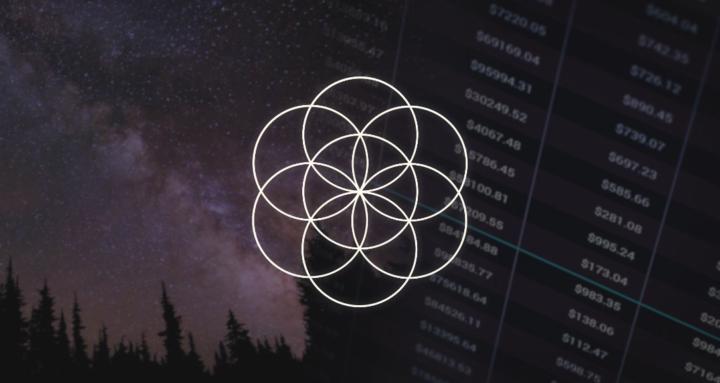Imagine a place where people uncover the hidden links between business, stars, trees, cars, spirituality, economies, and life itself.
Welcome to ECOSkool. The only Skool community exploring the ECOSystem (Everything’s Connected, One System).
- Access to ECOS Database: a growing archive of essays and reflections by group members
- Live chats: build relationships with others who think like you
- Have fun: because if it’s not fun, what’s the point?
If you think outside the box, spot patterns across worlds, or love bringing lessons from one part of life into another, this was made for you.
(150 member limit)

